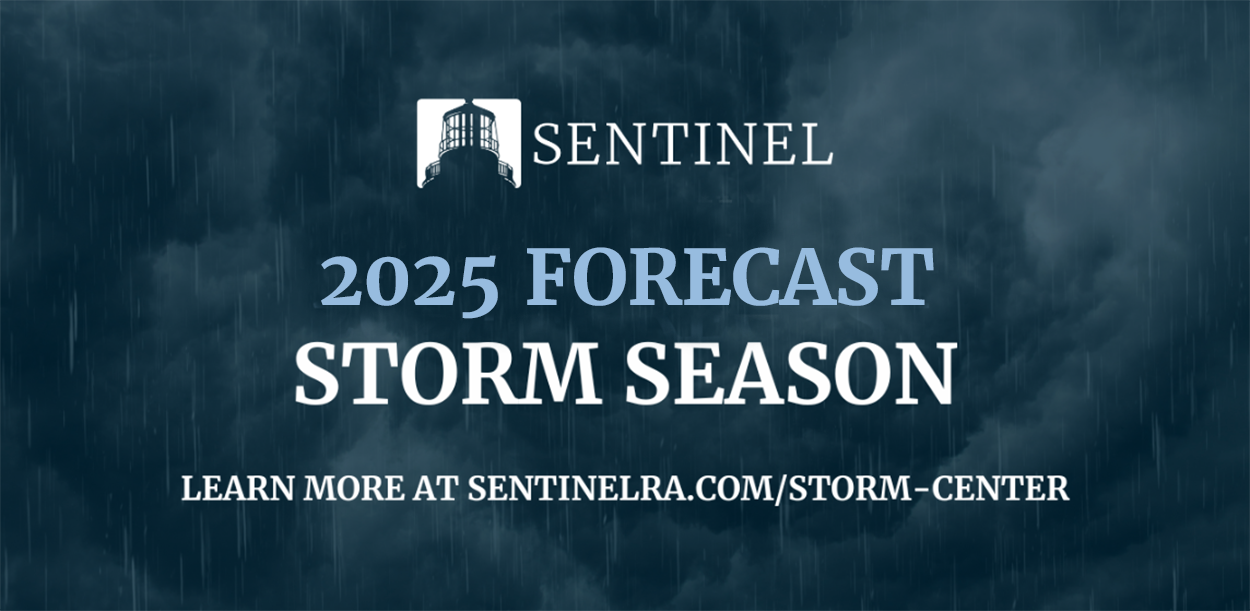Every year, like a child waiting for Christmas, adjusters eagerly wait to see what Colorado State has to say about the upcoming hurricane season. We pour over pages of graphs, modeling infographics, and radar images, just waiting to see what is in store for the coming season, and whether or not we need a new suitcase ahead of what we affectionately call “CAT duty” (Just to clarify, there are no felines involved, just CATastrophes). Let’s just say that Santa came with a very full sack of weather this year. Experts state this season shows lots of potential for Named Storms, although we are looking at a milder outlook than 2024. Buckle up if you are on the East Coast …all signs indicate it could be a bumpy ride!
Storm Season Predictions
So, what exactly do our meteorology friends from the Department of Atmospheric Science predict is heading our way this year? An overwhelming anticipated 17 Named Storms, 9 Hurricanes over a likely 35-day shelf life with 4 becoming Major Hurricanes. Looking back at last year, the number of hurricanes was accurate with the prediction for named storms slightly off. They predicted 23 named storms, 11 hurricanes and 5 major hurricanes – missing the count for named storms by 5.
What is driving the forecast this year? Ocean temperatures are again higher than normal for this time of year because of current La Niña conditions – although it appears that this weather pattern is likely to transition to an El Niño Southern Oscillation (ENSO). This means that our oceans are experiencing abnormal heat, which in turn causes the impact of hurricanes to intensify and become more dangerous, as warm ocean water is basically fuel for a hurricane. This can also lead to a higher volume of water vapor – which means that even if you are inland, you’re likely going to need that umbrella because it is going to be rainy.
How To Prepare
What should you do to prepare now for the early season coming our way? This is the time to review your policies for any coastal area properties you may have to ensure that you are adequately covered, especially for wind and flooding. Keep in mind that standard waiting times to purchase flood though the National Flood Insurance Program (NFIP) is 30 days (unless required by a lender) and 10 days through some Private Flood insurers. In addition, take time to understand your insurance program construct, including limits and deductibles that will apply.
If you have windows or doors with weather stripping in need of repair, it is time to make those upgrades to prevent wind-blown rain from entering your building or home. Further, this is a great time to think about preparing a storm kit and talking to your family (especially younger children) about what to do if and when a storm blows in.
Luckily, pertinent information and resources for all of these topics and more will be available on the Sentinel Storm Center, which is launching soon for 2025. Sentinel is here to help you weather every storm, and are proud to be your beacon, always Safeguarding your Success! Contact a member of our team today to learn more.


